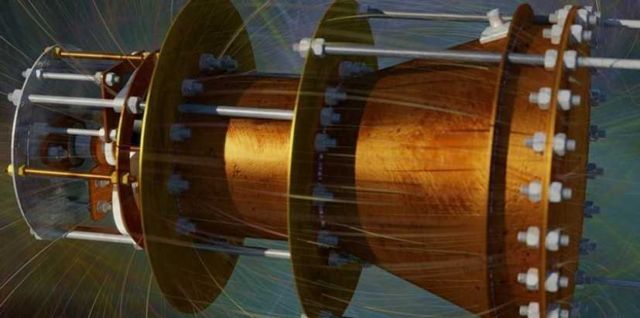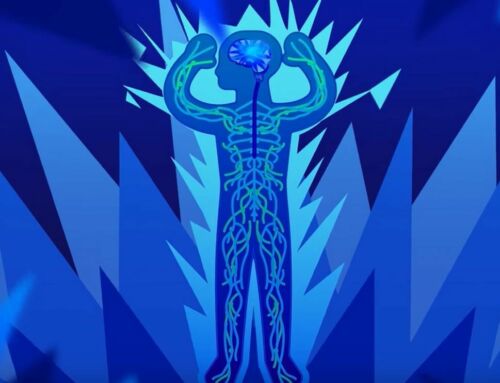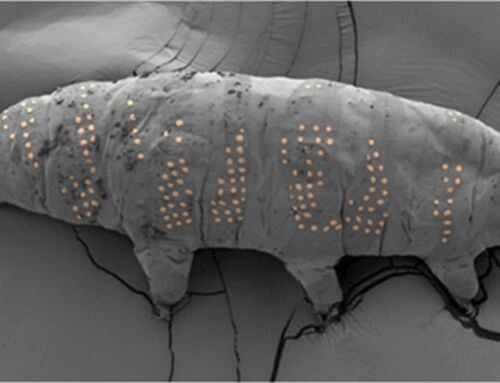NASA’s physics-defying EM Drive has officially passed peer review and it shows that the system may work.
NASA’s paper of the EM Drive or EmDrive, has finally been released, and the peer-review process will allow other scientists to seek to confirm or no the study.
Published in the Journal of Propulsion and Power, the study by NASA Johnson Space Center describes the construction of an EM Drive and their test in near-vacuum.
The results show that the system is able to produce a ‘thrust-to-power ratio of 1.2 ± 0.1 millinewtons per kilowatt (mN/kW).’
Astrophysicist Brian Koberlein said:
“I’ve been pretty critical of this experiment from the get go, and I remain highly skeptical. However, even as a skeptic I have to admit the work is valid research. This is how science is done if you want to get it right. Do experiments, submit them to peer review, get feedback, and reevaluate.”
The principle of operation is based on the well-known phenomenon of radiation pressure. This relies on Newton’s Second Law where force is defined as the rate of change of momentum. Thus an electromagnetic (EM) wave, travelling at the speed of light has a certain momentum which it will transfer to a reflector, resulting in a tiny force.
If the same EM wave is travelling at a fraction of the speed of light, the rate of change of momentum, and hence force, is reduced by that fraction. The propagation velocity of an EM wave, and the resulting force it exerts, can be varied depending on the geometry of a waveguide within which it travels. This was demonstrated by work carried out in the 1950’s.
You can read the full research paper here.
via sciencealert






Leave A Comment